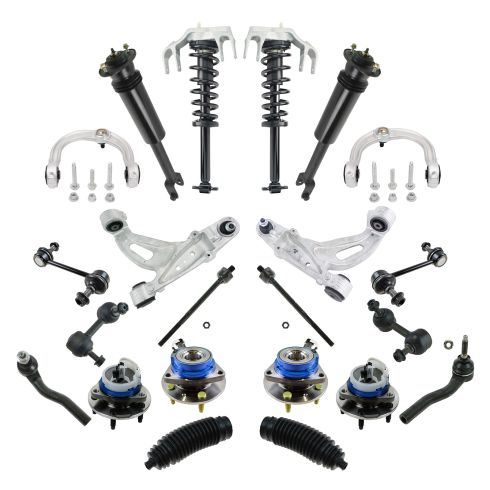1ASFK09236-2003-07 Cadillac CTS with 5 Lug Wheels Front & Rear 22 Piece Steering, Suspension, & Drivetrain Kit TRQ PSA60729

Replaces
2005 Cadillac CTS with 5 Lug Wheels Front & Rear 22 Piece Steering, Suspension, & Drivetrain Kit TRQ PSA60729

Product Reviews
Loading reviews
There are no reviews for this item.
Customer Q&A
No questions have been asked about this item.
Cadillac is a registered trademark of General Motors Company. 1A Auto is not affiliated with or sponsored by Cadillac or General Motors Company.
See all trademarks.
























